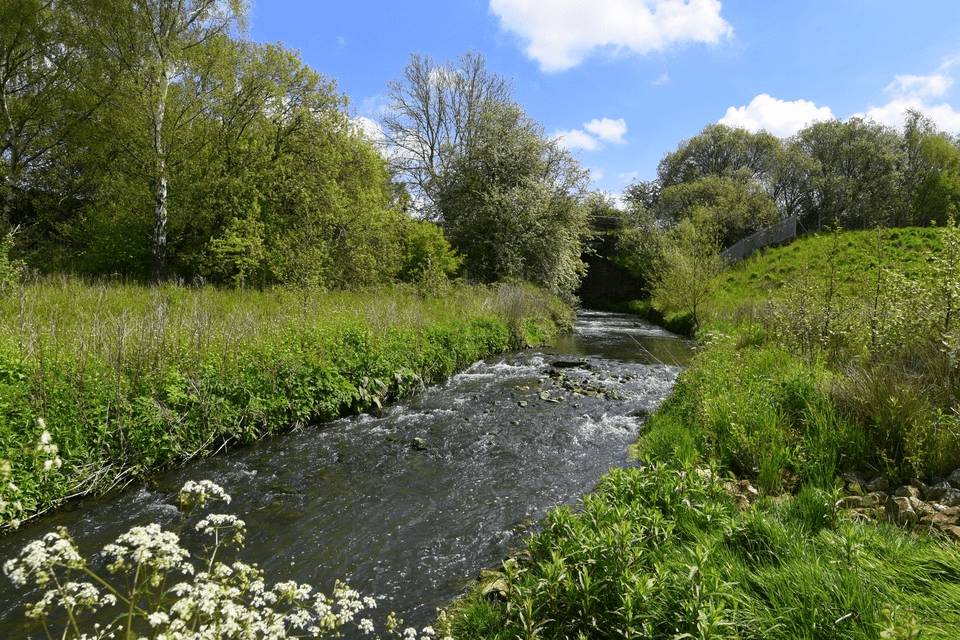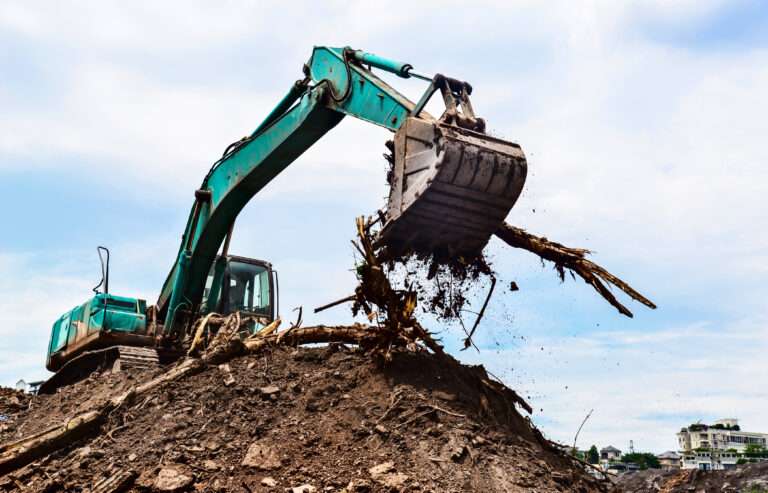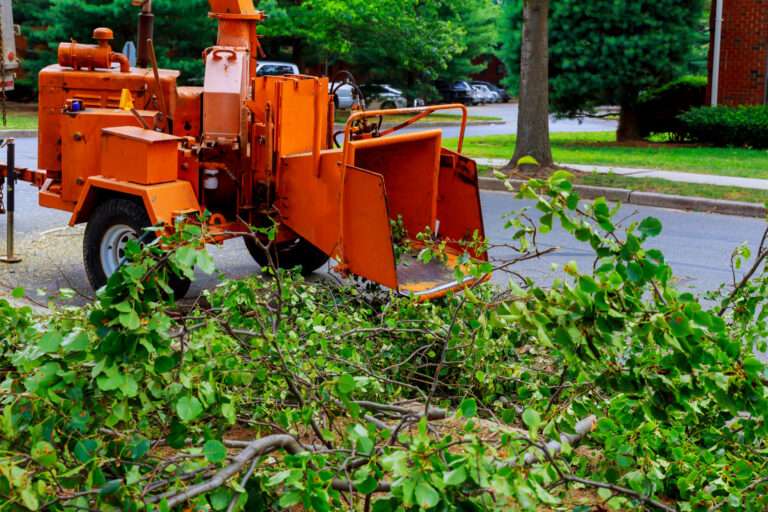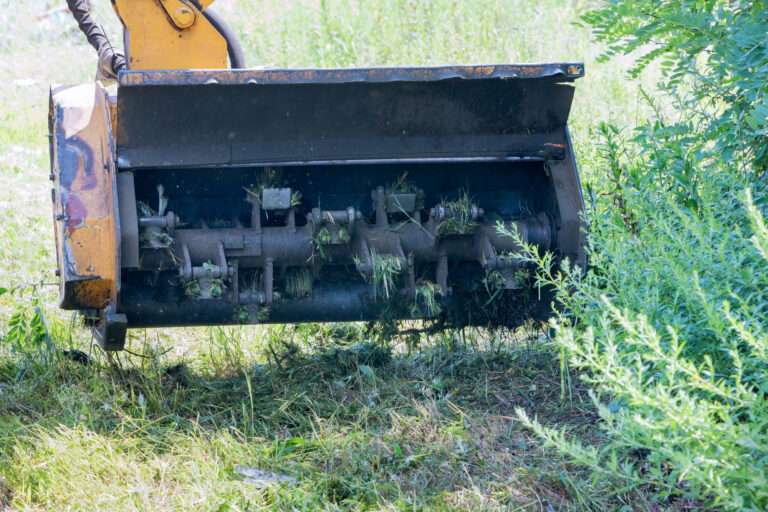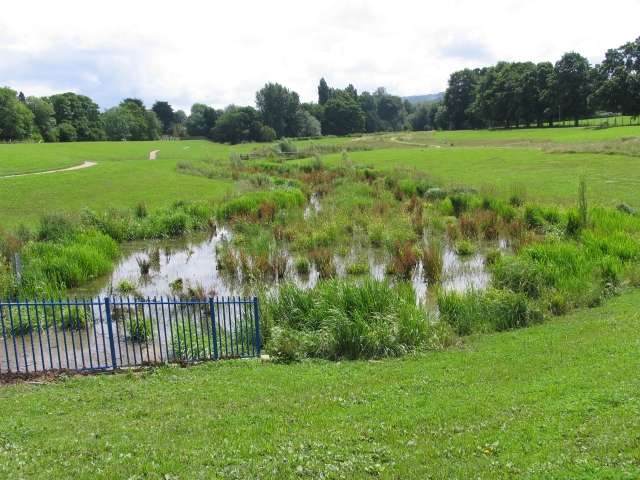7 Game-Changing Benefits of Land Restoration for Businesses and the Environment
Land degradation is a growing challenge across the UK. From derelict brownfield sites to former industrial land, thousands of acres remain unused—often seen as too costly or complex to revive. But what if the opposite were true?
Land restoration isn’t just an environmental obligation—it’s a strategic opportunity.
Whether you’re a developer, business owner, or local authority, restoring damaged or contaminated land can unlock value, reduce long-term risks, and contribute to a greener, more sustainable future.
In this article, we explore the powerful benefits of land restoration, what it means in practical terms, and why it should be at the top of your regeneration or investment agenda.
What is Land Restoration?
Land restoration refers to the process of returning damaged, degraded, or contaminated land back to a healthy, functional state. This might involve soil remediation, replanting native vegetation, restoring water systems, or rebuilding biodiversity.
In the UK, land restoration is often a vital part of planning gain, biodiversity net gain (BNG), and brownfield development—especially as sustainable development becomes a key planning and ESG requirement.
Why Land Restoration Matters
“Restoring land doesn’t just clean up the past—it builds the foundations of the future.”
The UK has over 50,000 brownfield sites, many of which remain undeveloped due to environmental or planning constraints. Land restoration offers a practical solution to meet growing demands for housing, infrastructure, green spaces, and biodiversity.
Let’s dive into the most impactful benefits:
7 Key Benefits of Land Restoration
| Benefit | Description |
|---|---|
| 1. Unlocks Land Value | Turns derelict or contaminated sites into commercially viable assets |
| 2. Supports Planning Applications | Improves chances of getting planning permission and meeting BNG requirements |
| 3. Enhances Biodiversity | Creates habitats, supports ecosystems, and increases natural resilience |
| 4. Improves Public Health | Reduces pollution exposure, improves air quality and provides healthier spaces |
| 5. Boosts ESG Performance | Enhances your environmental and social credentials with investors and buyers |
| 6. Prevents Future Liability | Avoids fines, legal action, and reputational damage by addressing contamination |
| 7. Enables Community Regeneration | Brings life, purpose, and social value back to disused areas |
1. Unlocks Land Value
The most immediate and tangible benefit: land that was previously unusable becomes a high-potential asset. With appropriate remediation and restoration, contaminated or degraded land can:
- Support residential or commercial development
- Be sold at a premium
- Qualify for tax or planning incentives
- Attract private and public investment
Restoration turns a liability into an opportunity.
2. Supports Planning Applications
Restored land is far more likely to secure planning approval. Many local authorities now require developers to demonstrate environmental responsibility, sustainable land use, and a commitment to biodiversity.
Land restoration supports:
- Biodiversity Net Gain targets
- Sustainable Urban Drainage Systems (SuDS)
- Local development plans and national policy frameworks
Making restoration part of your planning strategy puts you ahead of the curve.
3. Enhances Biodiversity
A major driver of UK land policy is the restoration of habitats and natural spaces. Restoring land provides an opportunity to:
- Reintroduce native plants and wildlife
- Create pollinator-friendly corridors
- Rebuild soil health
- Support carbon capture through vegetation
Restored land can become a biodiversity hotspot—and that adds serious planning and environmental value.
4. Improves Public Health
Land restoration can directly improve the health of nearby communities. How?
- Remediating contaminated soils removes harmful substances
- Green space creation encourages physical activity and mental wellbeing
- Air and water quality improve as natural systems are restored
In short: restored land is cleaner, safer, and better for people.
5. Boosts ESG and Business Reputation
Environmental, Social and Governance (ESG) scores are now essential to attracting funding, winning tenders, and securing stakeholder trust. Restoring land:
- Reduces your environmental footprint
- Demonstrates social responsibility
- Strengthens investor confidence
It’s also a powerful message to employees and customers—one that shows you’re actively contributing to a better future.
6. Prevents Future Liability
Contaminated or unmanaged land is a ticking time bomb. From groundwater pollution to fire hazards or structural issues, the longer it’s left, the greater the risk.
Land restoration helps you:
- Stay compliant with UK environmental regulations
- Avoid costly clean-ups or enforcement action
- Reduce insurance risks and operational uncertainty
In many cases, proactive remediation is far cheaper than delayed response.
7. Enables Community Regeneration
Restored land creates jobs, homes, green spaces and community pride. It helps address:
- Urban decay
- Anti-social behaviour
- Access to nature
- Local investment needs
A well-restored site doesn’t just benefit your bottom line—it breathes life back into entire neighbourhoods.
Frequently Asked Questions
Q: What’s the difference between remediation and restoration?
A: Remediation focuses on removing or neutralising contamination, while restoration is about returning the land to a functional, often natural, state. The two often work hand in hand. Read more about Land Remediation & Restoration.
Q: Can land restoration be done in stages?
A: Yes. Phased restoration is common, especially on large sites. This approach helps manage costs, monitor success, and comply with planning conditions.
Q: Who pays for land restoration?
A: Costs may fall to developers, local councils, or the original polluter depending on the site history. In some cases, funding or grants are available for brownfield or community-led regeneration.
Q: How long does restoration take?
A: Timelines vary—from a few weeks for basic landscaping to several years for ecological recovery or complex remediation.
Tips for Successful Land Restoration
Here’s what successful land restoration projects in the UK have in common:
- ✔ Detailed site assessment: Know what you’re dealing with
- ✔ Defined end-use strategy: Match your restoration goals to commercial or community needs
- ✔ Qualified contractors: Use experienced specialists with remediation and ecological know-how
- ✔ Integrated design: Combine SuDS, access, planting, and habitat creation from the start
- ✔ Regular monitoring: Track outcomes to stay compliant and adaptive
Conclusion: Restoring Land is Restoring Value
In a climate where land is scarce and sustainability is under the spotlight, land restoration has never been more important—or more valuable. From unlocking development potential to enhancing biodiversity and community wellbeing, restoring land is an investment that pays off in every direction.
Whether you’re planning your next site or managing inherited liabilities, restoration offers a clear path forward—one that benefits your business, your community, and the planet.
Killingley Insights is the editorial voice of NT Killingley Ltd, drawing on decades of experience in landscaping, environmental enhancements, and civil engineering projects across the UK.


